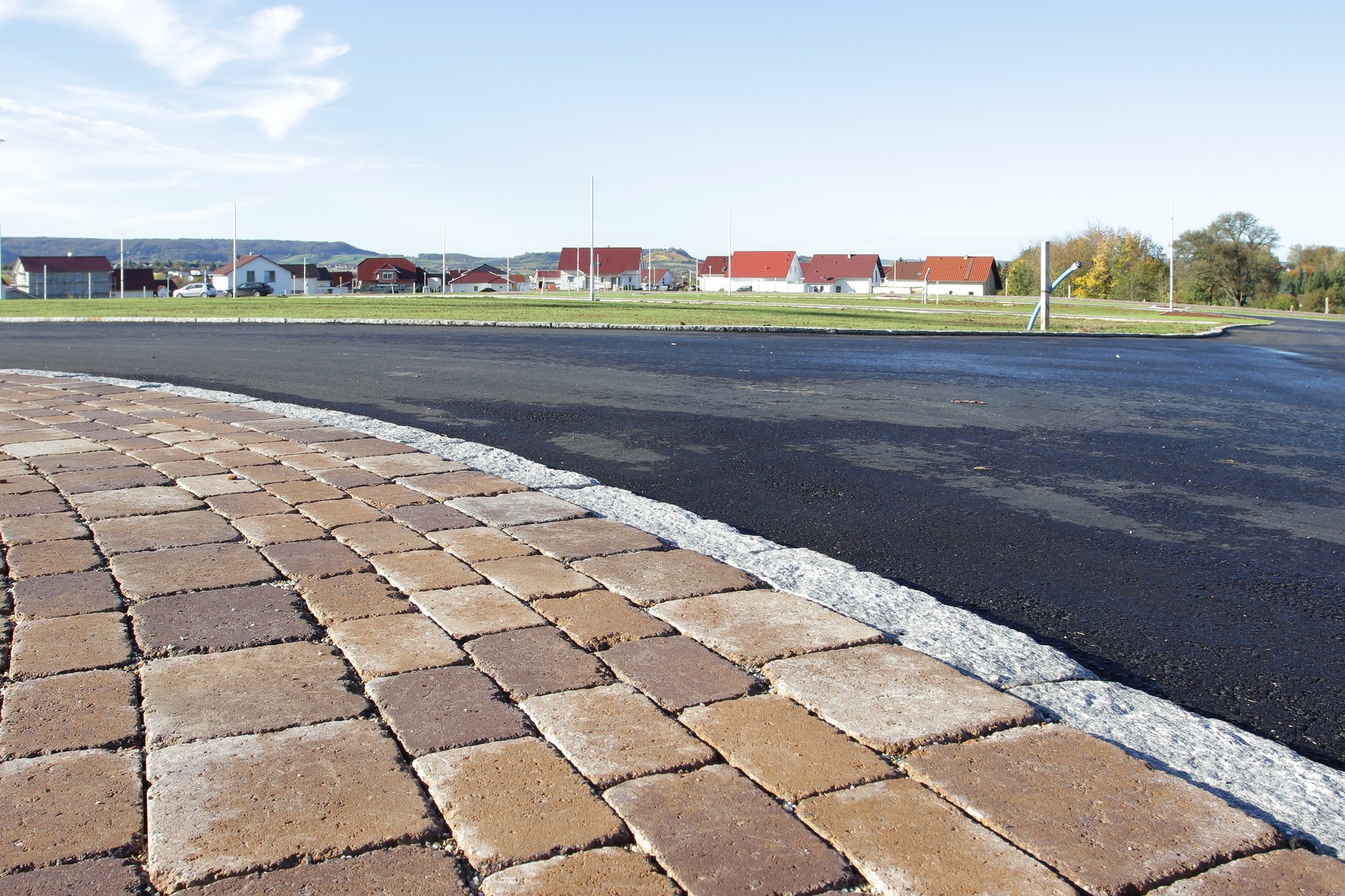Paving and construction

More and more green softens asphalt and concrete
Source: ThomBal / Fotolia.com
There’s no way around it: all construction has a direct impact on the soil. Depending on the extent of the changes brought about by construction, it can completely or partly destroy vital soil functions. For example, paving over open space destroys natural habitats. Land use resulting in drastic changes in both greenfield land and farmland can be curbed, however.

